Morocco Exotic Accommodation, Staying In A Riad - Is It Worth The Experience?
A simple description of a Riad, will be a multi storey ancient house built on the concept of an open sky courtyard with it perimeters or surrounding by rectangular shapes dining, living and bedroom all facing the inner courtyard. For a details explanation, please read the post title, “The Riad, A Piece of Art”.
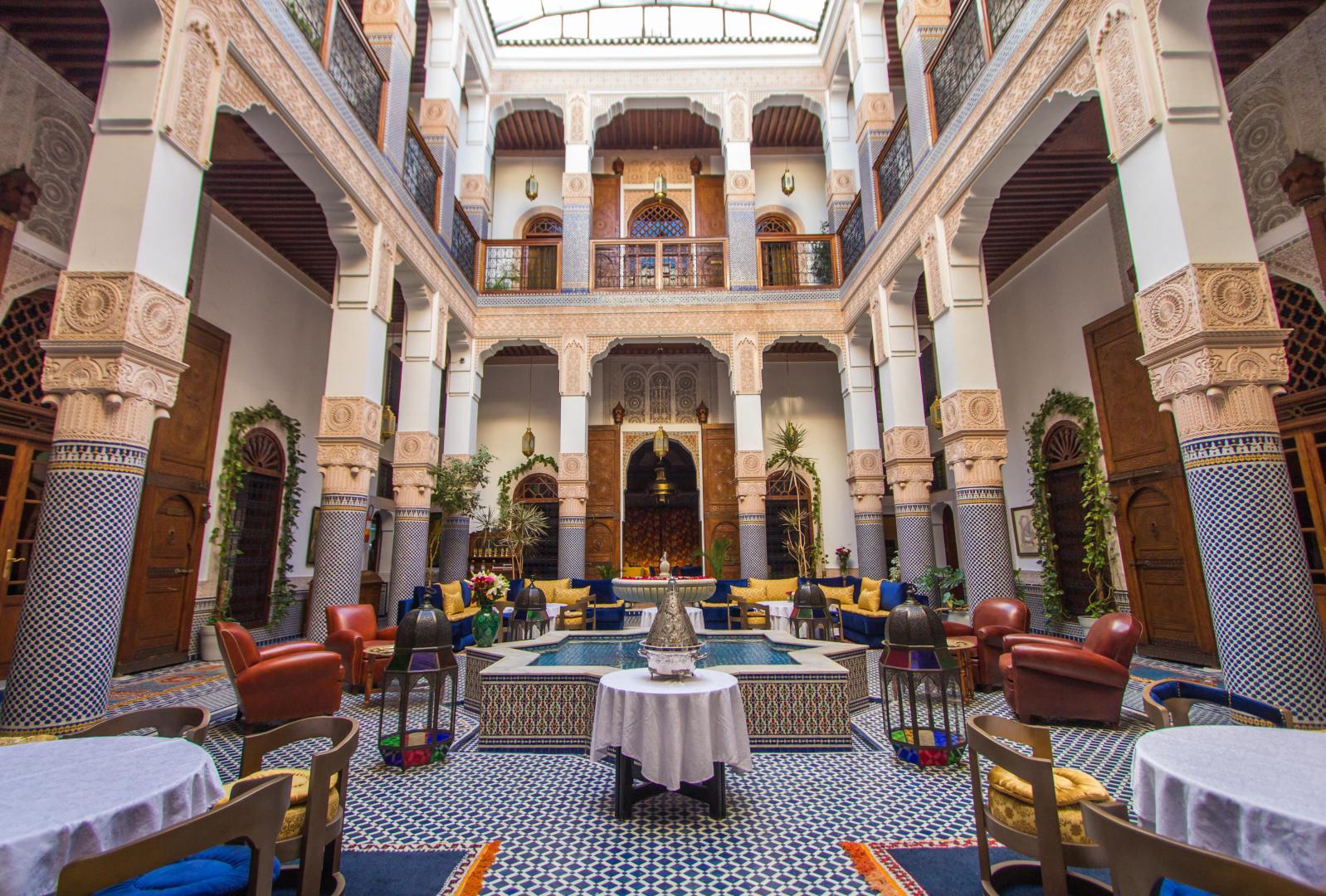
UNESCO World Heritage Site classified the ancient medina, the old walled section, of Fes, Marrakech and Essaouira as Imperial Cities Collection; which equivalent to today’s “gated & guarded town”. The formation of Morocco Agence de Development et de Rehabilitation in 1989, together with it “Vision 2010” program is to promote the introduction of luxury hotels at the same time served as a vehicle to finance architecture heritage preservation through foreign investment. Together with funding from Unesco, World bank and Moroccan government, it created a property boom often referred to as the “Riad Fever”.
It was reported by the Telegraph on June 14, 2018, French, Spanish and Italian still remain the biggest investors of heritage property in Morocco but observed the emergence of new buyers from UK, US, Germany, Switzerland as well as India and China.
The list of rich and famous owner’s of Morocco Riads will be the luxury La Maison Arabe Riad owned by Prince Fabrizio Ruspoli one of the oldest aristocratic Italian families, El Fenn Riad and Kasbah Tamador both belong to Vanessa Branson and Sir Richard Branson, Riad Jaaneman by Italian investment banker Leonardo Giangreco, Riad Kawa by Belgian textile designer Valerie Barkowski are just a few to pique your curiosity. These big names of course comes with a heavy daily price tag with ultimate modern comfort to pampered, spoilt and create the extravagance indulgence for each traveller. For moderate rate, one can still find some beautiful elegant and stunning rehabilitated Riad in these Unesco World Heritage Imperial cities.
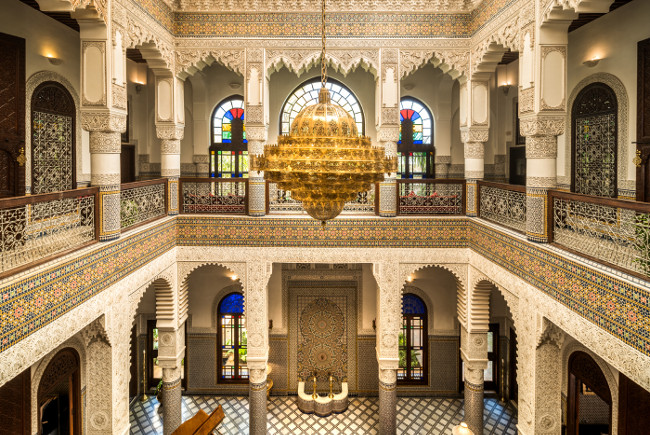
Choosing to spend one or few nights staying in a Riad rather than a hotel gives travellers a chance to sample the day to day of Moroccan life. It gives you the experience of traveling back in time as these Riad normally located inside the medina, which is the walled inner part of the ancient city. You will be presented the opportunity to play acting by navigating the honeycomb of dusty alleyways and a closed up observation of the ordinary Moroccan lifestyle.
But then again, one must remember that living in thousand years old cities even though it has gone through many round of upgrading, restoration and renovation, that is so much only that can be done; as most of the effort and focus in these rehabilitation projects is to protect the original form of this heritage. As such each travellers must be prepared to take in a few of the unique experiences during their stay here. First of all, one must prepare to walk to your booked Riad, as the ancient city do not have a road that can be driven into by a car or a drop off lobby style of the traditional hotel. As for your luggage, some of the Riad do provide a porter but in the even there is no porter, then hiring a cart man will be a great help.
Usually these Riad is small, with a 5 to 8 rooms that comes with various categories. To find few of the same categories of rooms in the same Riad might post a challenge. Same goes to the bed setting too. Twin bed set up is usually not favourable among the Riad owner.
One also must be able to climb the tightly, narrow and steep staircase to reach the rooms or accessing the roof top for some open sky dining experience overlooking the labyrinthine of the medina. Only exclusive and purpose built Riad will come with an elevator. Your room usually comes with a traditional Moroccan breakfast set which can be served in the courtyard. For lunch or dinner, one can opt to make a reservation and usually the in-house cook can prepare an authentic Moroccan meal with ease.
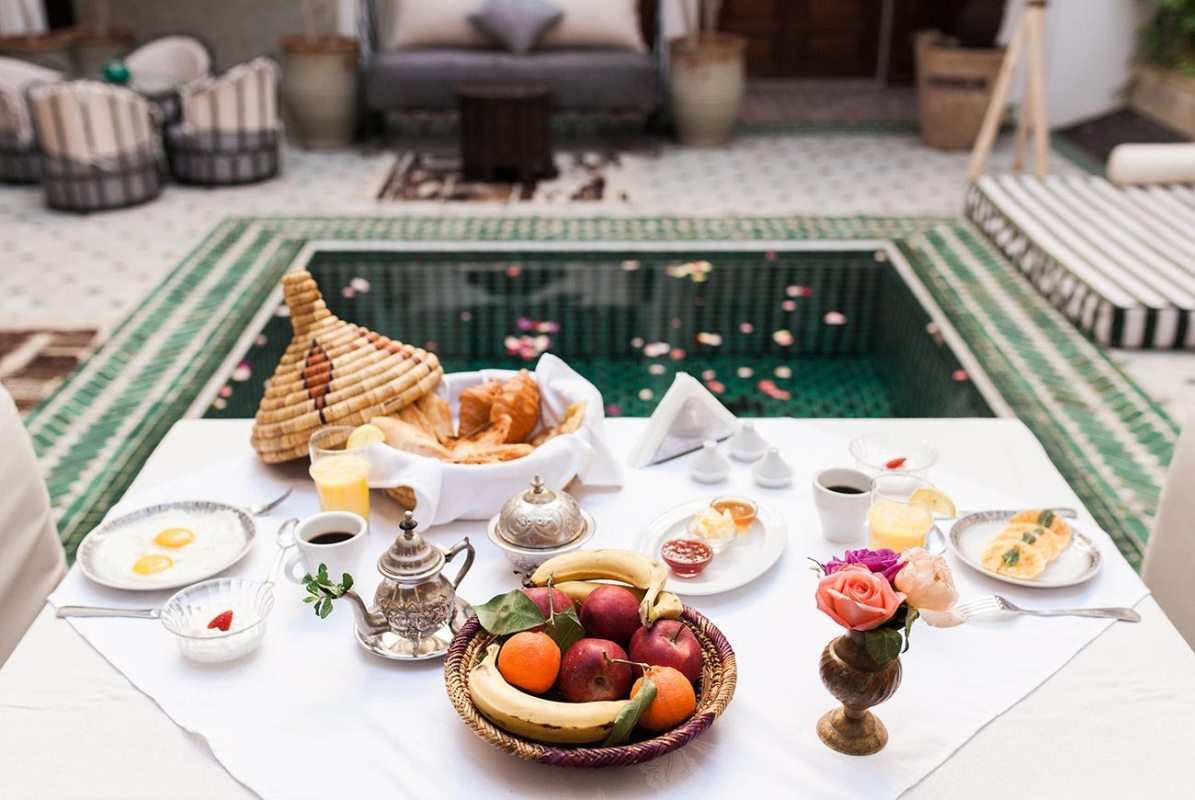
Some Riad that maintained the authenticity of the house will still have the traditional bedroom door system; which can be a latch type from the inside and a iron big key from the outside. The standard amenities provided in your bathroom will be bath towel, hand towel, toilet paper, shampoo, shower gel and hot water for shower. As the modernization is an ongoing project, some of the Riad do provide hairdryer facilities. The usage of the bidet in the bathroom is almost non-existence in Riad accommodation. Do take note that not all Riad provide air-conditioning and also television with cable TV programs for their rooms. As such it is important to ask before booking. Wifi is certainly available but reception and it strength of connectivity might be a little bit tricky.
One of the expected etiquette of travellers during their stay in the Riad, will be to speak and move softly. This is due to the Moroccan classical architecture style of having rooms’ windows being built to face the internal courtyard, the main focus of the house. Voices can be transmitted with echo to the entire house pretty easily. Occasionally you may be able to hear noises coming from the neighbouring houses too.
Patient is vital. As sometimes, the water outlet of the shower might not be working so well. It dispersing unhurriedly and eventually water retention similar to a blockage emerged. As the Riad is a small establishment, the Riad Manager might have to double up many facet of his duties. If by any chance your request perceive as not taken note off, do offer a bit of sympathy as warm understanding is very essential for the success of the stay.
It is also important for all travellers to pick up the Riad address and telephone number for making a stress free call to obtain help in the event that one get lost. The medina can transform quickly; taking note of the hanging carpet or an exotic pot dangling at the corner will not be the identification sign post for your navigation around this the medina. If disorientation occurred, asking help from random stranger is not encourage and extreme care needed to be exercise for over friendly help that appear out of nowhere.
Nevertheless, the unforgettable experience emerged with the Moroccan welcome, displaying the art of exceptional hospitality, feasting of the eyes on stylish and exquisite setting and ignite the senses of romantic orientalism of the Arabian night.
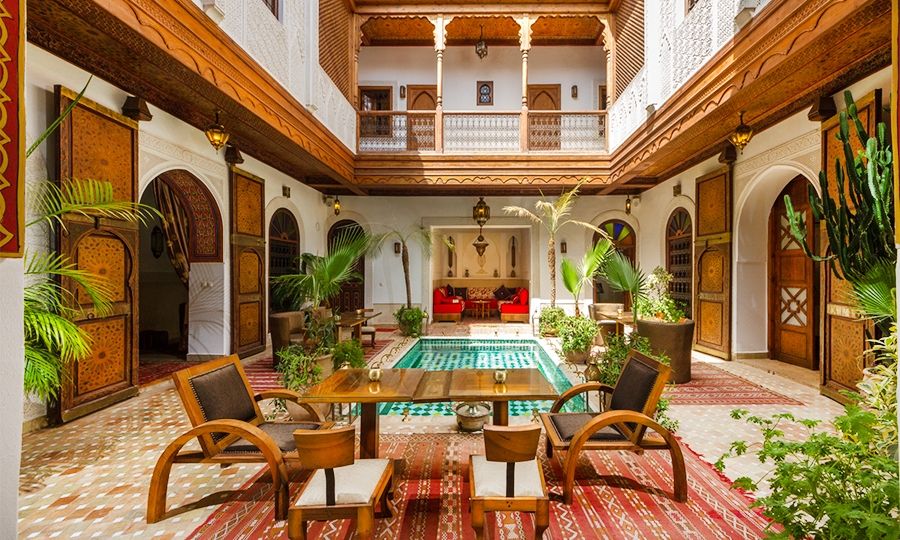
Related Blogs

Adding Meaning To Your Morocco Travel
The North-western part of Africa which is the current location of Morocco has a piece of history dated back to the Phoenician empire. The Phoenician is an ancient civilization which started their building of...
Read More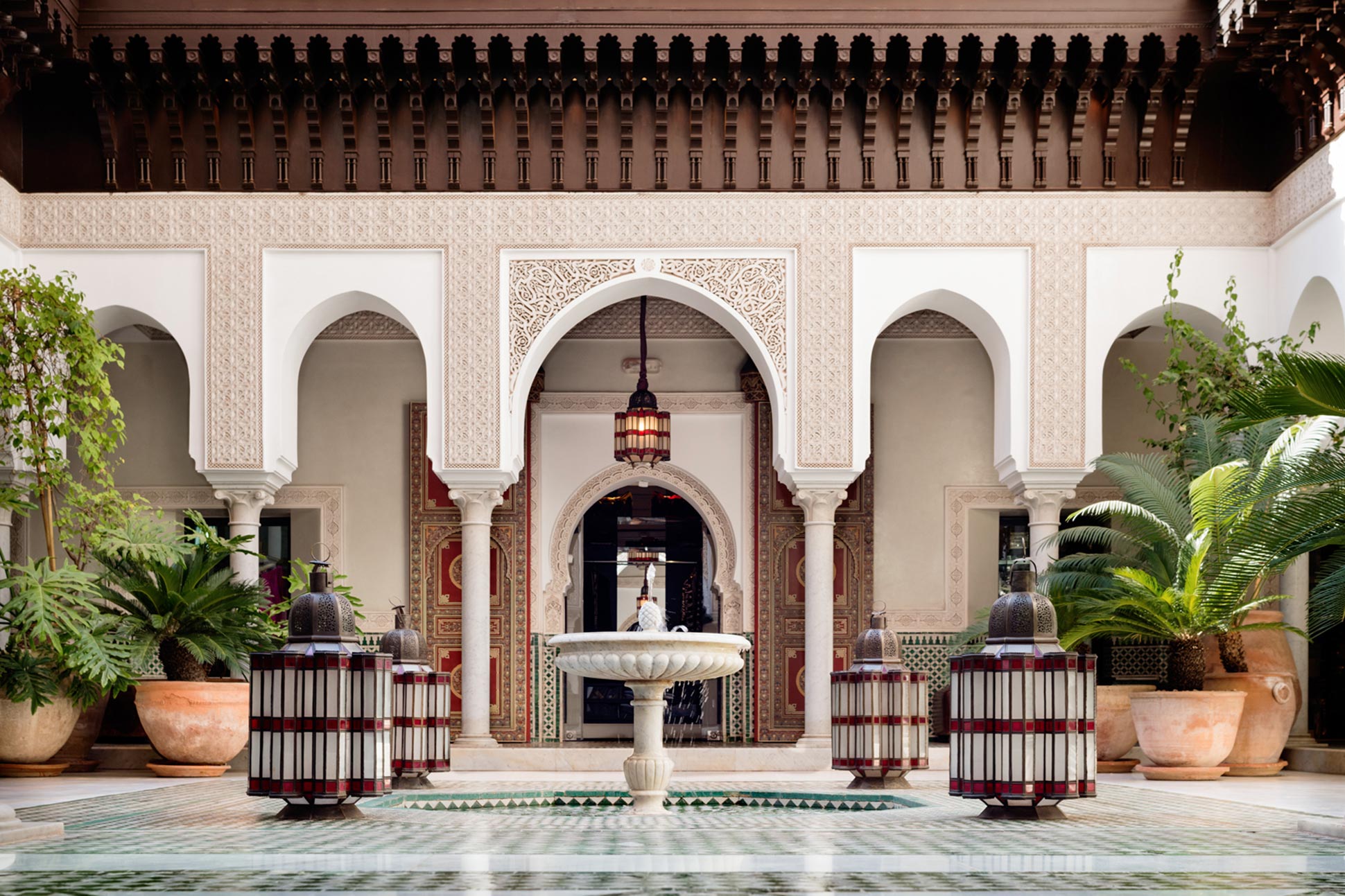
Morocco Riad – A Piece of Art, Morocco Architecture
A simple explanation to the term “Riad” is an enclosed garden or courtyard. Conforming to the Islamic lifestyle which value privacy to the family, their design has a unique lay-out and style that are consistent and also the key element in Islamic architecture. The Riad, a multi stories building is an ....
Read More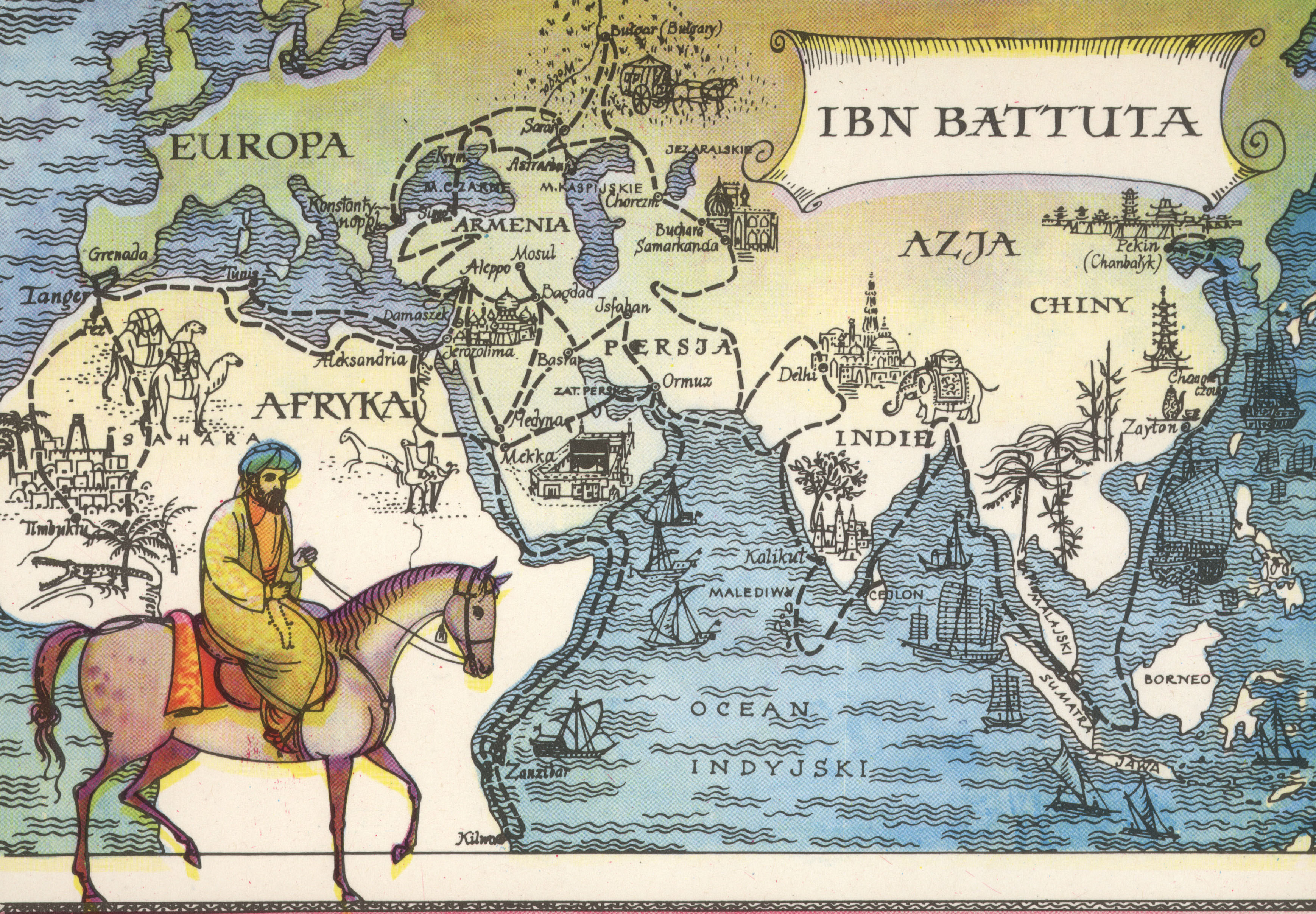
Morocco Great Explorer - Ibn Battuta
There are many famous and great world explorers between 13th and 14 century. From Italy, Marco Polo (1254-1324), Portugal, Afonsol Albuquerque (1454-1515), China, Zheng He (1371-1434) and Morocco, Ibn Batuta...
Read More